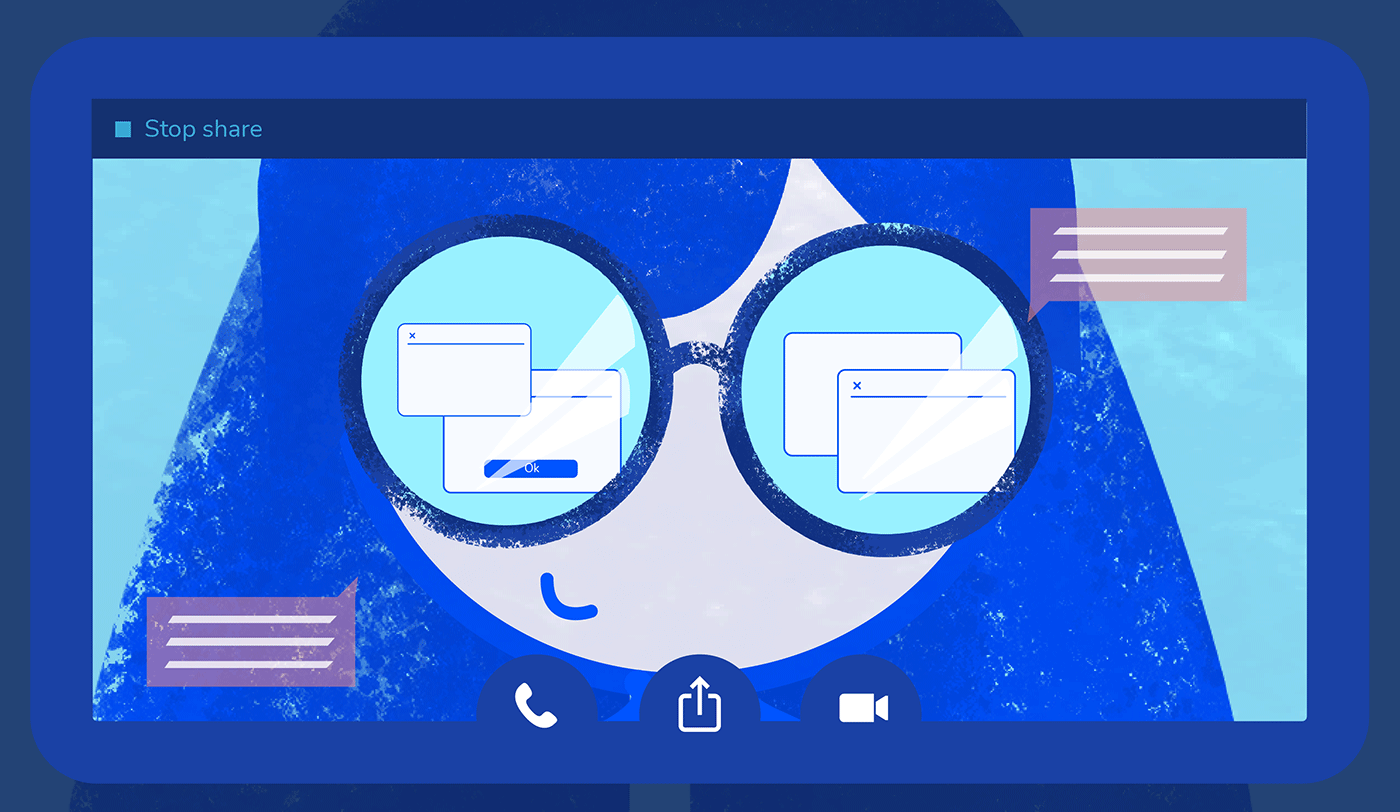Most small organizations rely on individual, custom-configured system setups. In this sort of scenario, new devices are sent directly to an IT team member to handle all initial setup, app installation, and configuration, then passed on to the person who will use the device. The configuration often includes settings such as automatic system and app updates, secure networking (e.g., VPN), and installation of an “approved” set of organizational apps (e.g., Google Workspace or Microsoft 365, a password manager, security software, approved browser and extensions, along with any chat, conferencing, or file collaboration/storage apps).
This sort of setup works well, especially for organizations on a staggered computer replacement cycle where the default equipment is a laptop and a smartphone. For example, in an organization of 50 people who use laptops that are replaced every 3 years (the laptops, not the people!), the smoothest cycle would mean just under 17 new system setups each year. Certainly manageable by a single IT person with plenty of other responsibilities.
However, remote troubleshooting and remote device management are increasingly essential tools — especially in an era when in-person meetings are drastically decreased. If you haven’t already deployed these types of solutions, the following can get you started exploring options.
Remote Sharing (and troubleshooting!)
Since not all systems work as expected 100% of the time, most organizations use a combination of a phone call plus screen-sharing for troubleshooting. This two-channel connection lets people maintain a phone conversation while a computer restarts, which often helps resolve an issue. Make sure that people know what number to call when they encounter a technical problem. (That’s a good topic to cover during employee on-boarding!)
Additionally, make sure people are aware of built-in screen-sharing apps. Both Microsoft and Apple offer built-in software that lets a person who uses the same platform access and control the screen of another computer at a distance. For remote assistance between Windows systems or between macOS systems, this works very well. On Windows, try Quick Assist: Start Menu > Windows Accessories > Quick Assist. On macOS, use Messages: Open the Messages app, send a message to the person you want to share your screen with, then choose Conversations and then either Invite to Share My Screen or Ask to Share Screen.
Additionally, Google provides Chrome Remote Desktop, which enables remote support between all sorts of systems that use Chrome, including Chrome OS as well as the Chrome browser on Windows, macOS, or Linux. Open Chrome and go to https://remotedesktop.google.com/support, then follow the instructions under either Get Support or Give Support.
IT teams also might explore remote-support tools from vendors such as TeamViewer or LogMeIn (e.g., LogMeIn Rescue and GoToAssist). These tools facilitate cross-platform remote support, so support professionals may assist not only people who use laptop or desktop devices, but mobile devices (e.g., Android and iOS) as well. And, even some web meeting vendors, such as Zoom, have added screen sharing with remote support session options.
Don’t forget about smartphone apps such as Facetime (on Apple devices) or Google Duo (on Android devices). In a pinch, video-conferencing with these apps between mobile devices can provide a remote support technician a view of things that can’t be shared via a screen, such as a broken screen, a printer control panel, or a projector port configuration.
Device Management
Device management systems let an IT team automate device configuration, software deployments, and remote monitoring. Sometimes called “mobile” device management (MDM), people use these tools when manual setup of systems becomes challenging for individual IT staff members to manage. Typically, once an organization grows to more than 20 systems or so, an MDM becomes a smart option.
Your hardware and app selections tend to suggest MDM options. Microsoft 365 and Windows-centric organizations might explore Microsoft Intune or Microsoft Endpoint Manager, which are intended to give administrators the ability to “deploy, manage, and secure endpoints and applications” via cloud-based tools. Google Workspace and Chrome OS-centric organizations often use Google’s Chrome Browser Cloud Management and Chrome device management tools. Organizations with mostly Apple hardware – macOS, iOS, or iPadOS – often turn to JAMF. Of course, other vendors, such as Hexnode, also offer multi-platform device management tools.
What Remote Solutions Do You Use?
What remote screen-sharing system do you use most often? Do you usually combine screen-sharing with a phone call? What steps do you take when you deploy new systems? Do you handle and configure devices before you deploy them — or do you rely on some sort of device management system to deploy, configure, manage, and secure systems? Let me know, either in the comments or on Twitter (@awolber).

